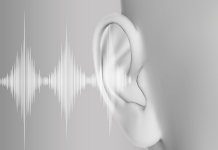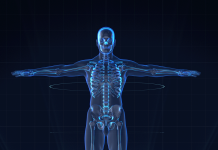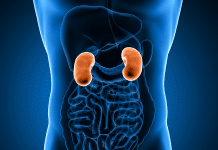Painkillers are the most common over-the-counter medications that we take from pharmaceutical stores. But have you ever wondered how these painkillers work? Do these painkillers go directly to the area of the body where you are feeling pain? The painkillers get absorbed within the cells of your body where they move towards the nerve endings in the brain and nervous system leading to reduced pain sensation.
The body is full of nerve endings within the tissues and skin. The cells get activated when you are hurt where they start releasing prostaglandins. These prostaglandins are sensed by the nerve endings which can sense the painful feelings. These chemicals are sensed by the nerve endings where they start transmitting the pain messages to the brain and nervous system. The brain then starts responding and feels the pain. Pain is the hurtful response of the body where it starts feeling a painful sensation. For example, if you are hurt while playing football and your brain stops responding to the painful sensation then you are unable to identify that your knee was injured.
When you consume the painkillers once you are injured, they stop the injured cells from releasing and making the prostaglandins. When such cells stop the formation of this chemical then the brain stops responding to the painful messages and the pain is less severe or completely gone. In normal situations when we are injured or hurt we consume ibuprofen or paracetamol but in severe conditions where we undergo a surgical procedure or other injuries then the doctors advise us with stronger painkillers. These painkillers stand in between different nerve cells where are unable to transmit the pain signals towards each other. In these cases, the nerve signals are unable to transmit messages which prevent us from perceiving pain.
The two main categories of painkillers include NSAIDs and Acetaminophen. Over 30 billion doses are sold each year in the US alone. The common examples of NSAIDs include ibuprofen and aspirin. And over 25 billion doses of acetaminophen are sold each year. The common examples of Acetaminophen include Pain-Eze and Tylenol. NSAIDs block the formation of prostaglandins within the body through special enzymes such as Cox-1 and Cox-2. The tissues do not result in swelling with no transmission of pain in the absence of prostaglandins. When considering Acetaminophen, researchers say that it is seen to target serotonin neurotransmission located in the central nervous system but the current hypothesis suggests that it works by inactivating the special enzyme Cox that aids in relieving pain and fever. Other than these common painkillers, opiates like codeine work through the blockage of pain signals within the brain along with the spinal cord.
These painkillers are commonly utilized for treating mild to moderate pain like menstrual pain, headaches, joint pain, muscle pain, toothache. These painkillers aid in lowering the fever whether you are suffering from flu or cold. The common over-the-counter painkillers help treat chronic pain which is commonly seen in conditions like back disorders or arthritis. Over-the-counter painkillers are available in different forms like capsules, tablets, powers which are dissolved in water, suppositories, sprays, gels, skin patches, syrup or liquid. These over-the-counter painkillers are easily available from the pharmacy ships or through GP without any prescription. It is advised to visit the healthcare professionals and consume the recommended dosages of the prescription drugs on time to avoid any severe adverse effects and relieve the pain sensation.
Until Next Time,
Team Doctor ASKY!





















